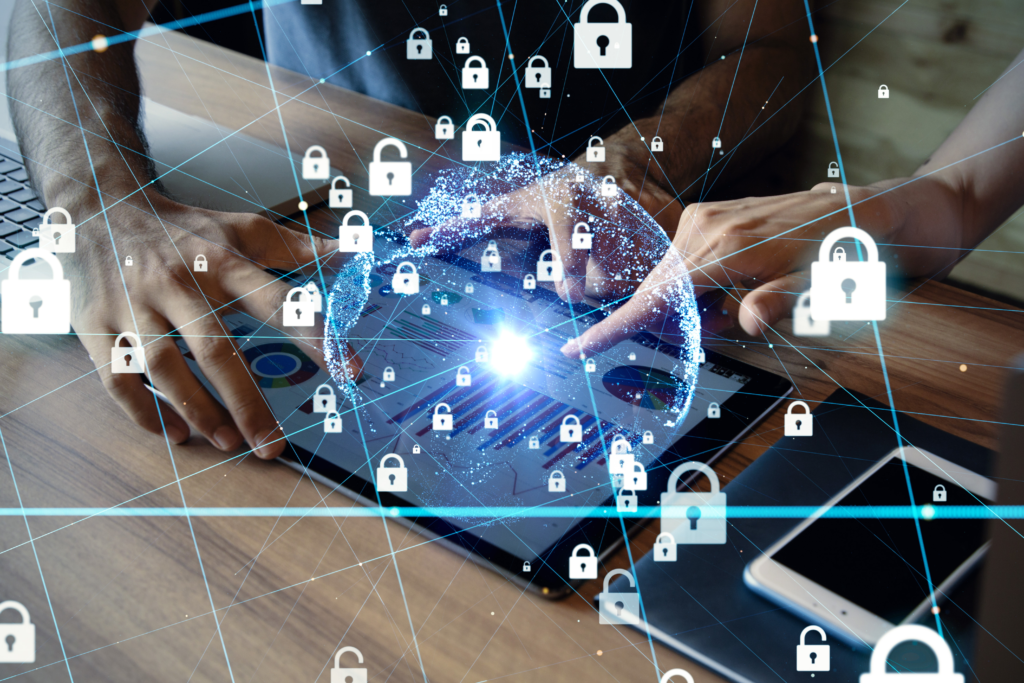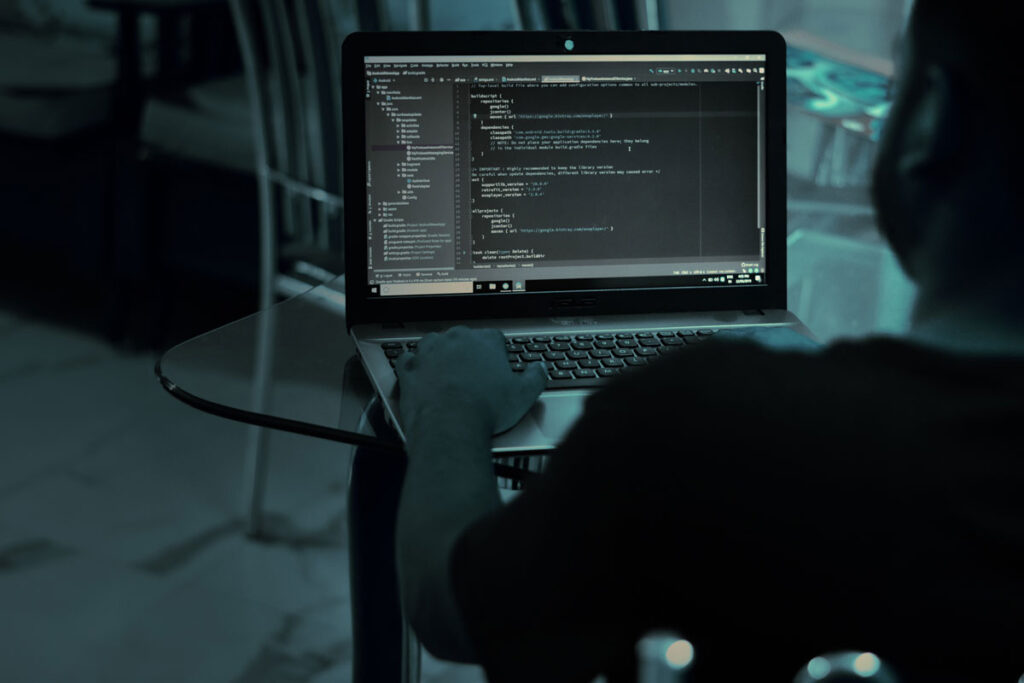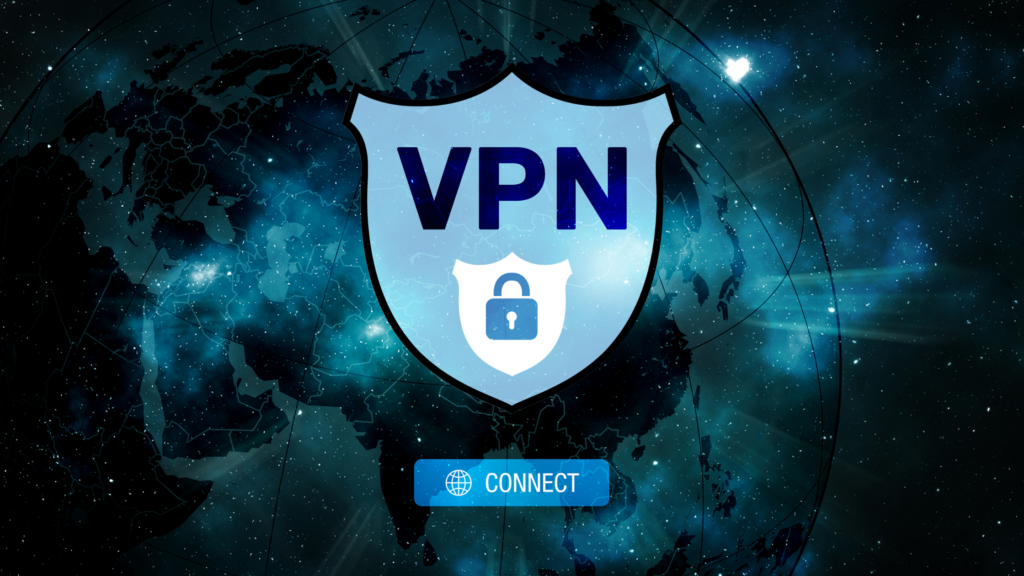
The COVID-19 pandemic reshaped the way we work, with many companies adopting remote work almost overnight. While this shift provided flexibility and the ability to maintain operations during lockdowns, it also exposed companies to a new wave of cybersecurity risks. The rise in cyberattacks since 2020 is largely attributed to vulnerabilities in remote work setups. According to a report by Barracuda Networks, remote workers were targeted in 46% of all cyberattacks during the pandemic . With businesses now transitioning to hybrid or permanent remote work models, cybersecurity has never been more important.
The Remote Work Revolution
The remote work revolution has significantly altered workplace dynamics. A recent report by FlexJobs revealed that 97% of employees expressed a preference for some form of remote work in the future . While remote work offers increased flexibility and better work-life balance, it also introduces unique security challenges. When employees work from home or public spaces, they often rely on personal devices and unsecured Wi-Fi networks, increasing the attack surface for cybercriminals. The rapid expansion of remote work caused many companies to struggle with implementing robust security measures to protect sensitive data and systems .
Key Cybersecurity Risks in a Remote Work Environment


1. Insecure Networks
Remote employees often connect to the internet using home or public Wi-Fi networks that may lack the security measures of corporate environments. According to the National Institute of Standards and Technology (NIST), unsecured networks are one of the top vulnerabilities of remote work, allowing cybercriminals to intercept communications or gain unauthorized access
2. Weak Passwords and Poor Authentication Practices
Many employees use weak or recycled passwords for multiple accounts, and some companies lack adequate authentication systems. A study by LastPass showed that 65% of people use the same password across different platforms, increasing the risk of account compromises . Without strong password policies and multi-factor authentication (MFA), organizations are at risk of data breaches .
3. Phishing Attacks
Remote workers are prime targets for phishing attacks, as they are more likely to be distracted and less cautious when working from home. According to the 2022 Data Breach Investigations
Report by Verizon, phishing was involved in 36% of data breaches . Cybercriminals exploit this by sending fake emails that mimic legitimate company communications, tricking employees into divulging sensitive information or installing malware .
4. Unpatched Software and Vulnerable Devices
Employees working remotely often use personal devices that are not properly updated with security patches. Research from Palo Alto Networks showed that 80% of data breaches result from unpatched software vulnerabilities . This is especially problematic when employees use outdated operating systems or software .
5. Shadow IT
Shadow IT refers to the use of unauthorized software or hardware by employees without the approval or knowledge of the IT department. Gartner reports that 30-40% of IT spending occurs outside of the CIO’s purview, increasing the potential for security breaches as these tools are often not monitored or secured .

Cybersecurity Best Practices for Remote Work
Use of Virtual Private Networks (VPNs)
Companies should provide employees with secure VPNs to encrypt their internet traffic and protect sensitive data from interception on unsecured networks. VPNs create a secure tunnel between the employee’s device and the company’s network, safeguarding communications from external threats .
Implement Multi-Factor Authentication (MFA)
MFA adds an additional layer of security to user accounts by requiring two or more verification methods to gain access. According to Microsoft, MFA can prevent 99.9% of account hacks , significantly reducing the risk of unauthorized access, even if a password is compromised .
Employee Training and Awareness
Regular cybersecurity training should be provided to employees to help them recognize phishing attempts and other social engineering attacks. According to a report from the Ponemon Institute, 63% of data breaches were caused by human error, highlighting the importance of employee awareness . Well-informed employees are the first line of defense against cyber threats .
Regular Software Updates and Patching
Ensuring that all devices used for work are regularly updated with the latest security patches is crucial. Unpatched vulnerabilities are a major entry point for cybercriminals, making timely updates a vital security measure .
Endpoint Security and Monitoring
Endpoint Detection and Response (EDR) tools allow companies to monitor and manage the security of remote devices. These tools help detect malicious activity and respond to threats in real-time, ensuring that remote endpoints are secure .
The Role of Leadership and IT Teams
Leadership and IT departments must work together to create a security-first culture within the organization. IT teams are responsible for implementing security measures, monitoring compliance, and providing support to remote workers. Meanwhile, leadership must enforce cybersecurity policies and ensure that employees understand the importance of security practices in protecting company assets.
Looking Ahead: Cybersecurity in the Hybrid Workplace
As organizations embrace hybrid work models, cybersecurity will remain a critical focus. Emerging technologies such as Zero Trust architecture, which assumes that no user or device can be trusted without verification, are expected to play a major role in securing remote environments . Additionally, advancements in AI-powered cybersecurity tools and cloud-based security solutions will help companies combat the evolving threat landscape .
The shift to remote and hybrid work has reshaped the cybersecurity landscape, making it crucial for businesses to invest in strong security measures. Companies that prioritize cybersecurity will not only protect their data and systems but also ensure the long-term success of their remote work strategies. As we move forward, it is imperative that organizations stay proactive in addressing the unique challenges posed by a decentralized workforce.
– Author: Emmanuel NSABAGASANI
